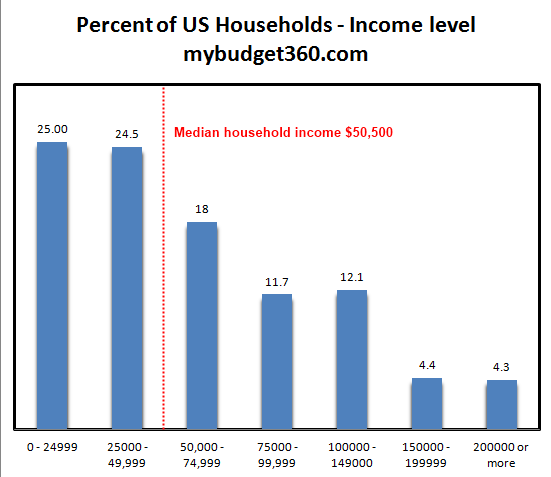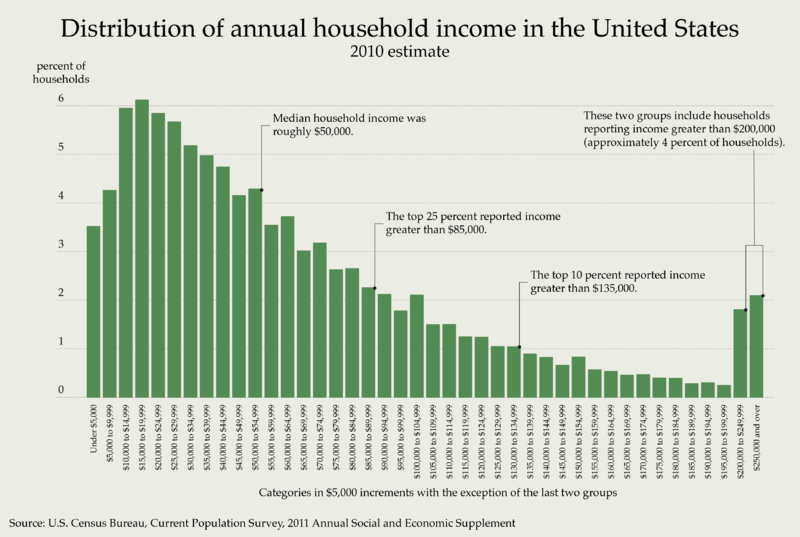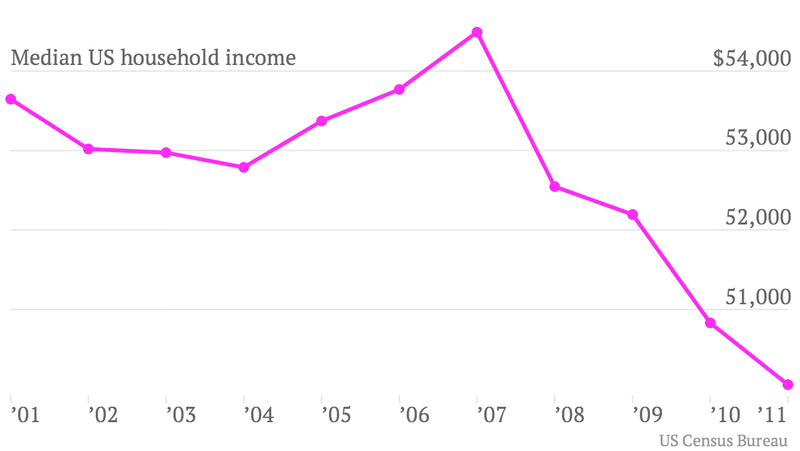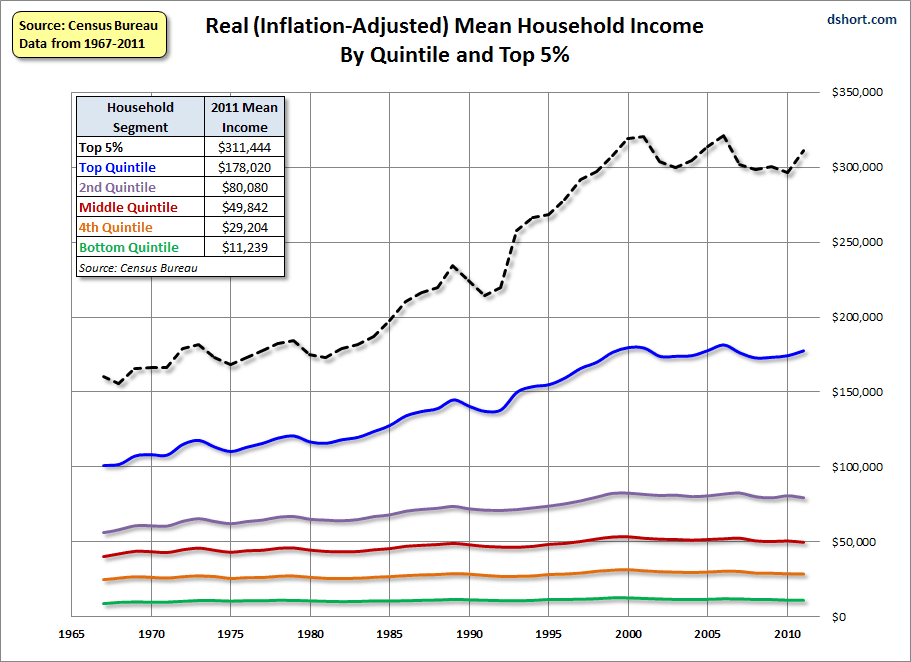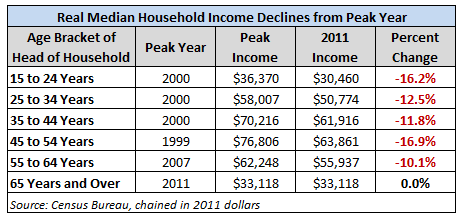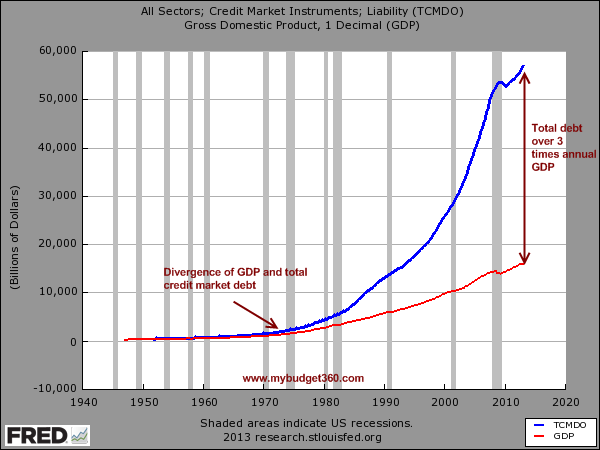July 12, 2013

In 2012, Professsor Seralini of the University of Caen in France led a team that carried out research into the health impacts on rats fed GMOs (genetically modified organisms) (1). The two-year long study concluded that rats fed GMOs experienced serious health problems compared to those fed non GM food. Now comes a new major peer-reviewed study that has appeared in another respected journal. This study throws into question the claim often forwarded by the biotech sector that GMO technology increases production and is beneficial to agriculture.
Researchers at the University of Canterbury in the UK have found that the GM strategy used in North American staple crop production is limiting yields and increasing pesticide use compared to non-GM farming in Western Europe. Led by Professor Jack Heinemann, the study’s findings have been published in the June edition of the International Journal of Agricultural Sustainability (2). The research analysed data on agricultural productivity in North America and Western Europe over the last 50 years.
Heinemann states his team found that the combination of non-GM seed and management practices used by Western Europe is increasing corn yields faster than the use of the GM-led package chosen by the US. The research showed rapeseed (canola) yields increasing faster in Europe without GM than in the GM-led package chosen by Canada. What is more, the study finds that it is decreasing chemical herbicide and achieving even larger declines in insecticide use without sacrificing yield gains, while chemical herbicide use in the US has increased with GM seed.
According to Heinemann, Europe has learned to grow more food per hectare and use fewer chemicals in the process. On the other hand, the US choices in biotechnology are causing it to fall behind Europe in productivity and sustainability.
The Heinemann team’s report notes that incentives in North America are leading to a reliance on GM seeds and management practices that are inferior to those being adopted under the incentive systems in Europe. This is also affecting non GM crops. US yield in non-GM wheat is falling further behind Europe, “demonstrating that American choices in biotechnology penalise both GM and non-GM crop types relative to Europe,” according to Professor Heinemann.
He goes on to state that the decrease in annual variation in yield suggests that Europe has a superior combination of seed and crop management technology and is better suited to withstand weather variations. This is important because annual variations cause price speculations that can drive hundreds of millions of people into food poverty.

